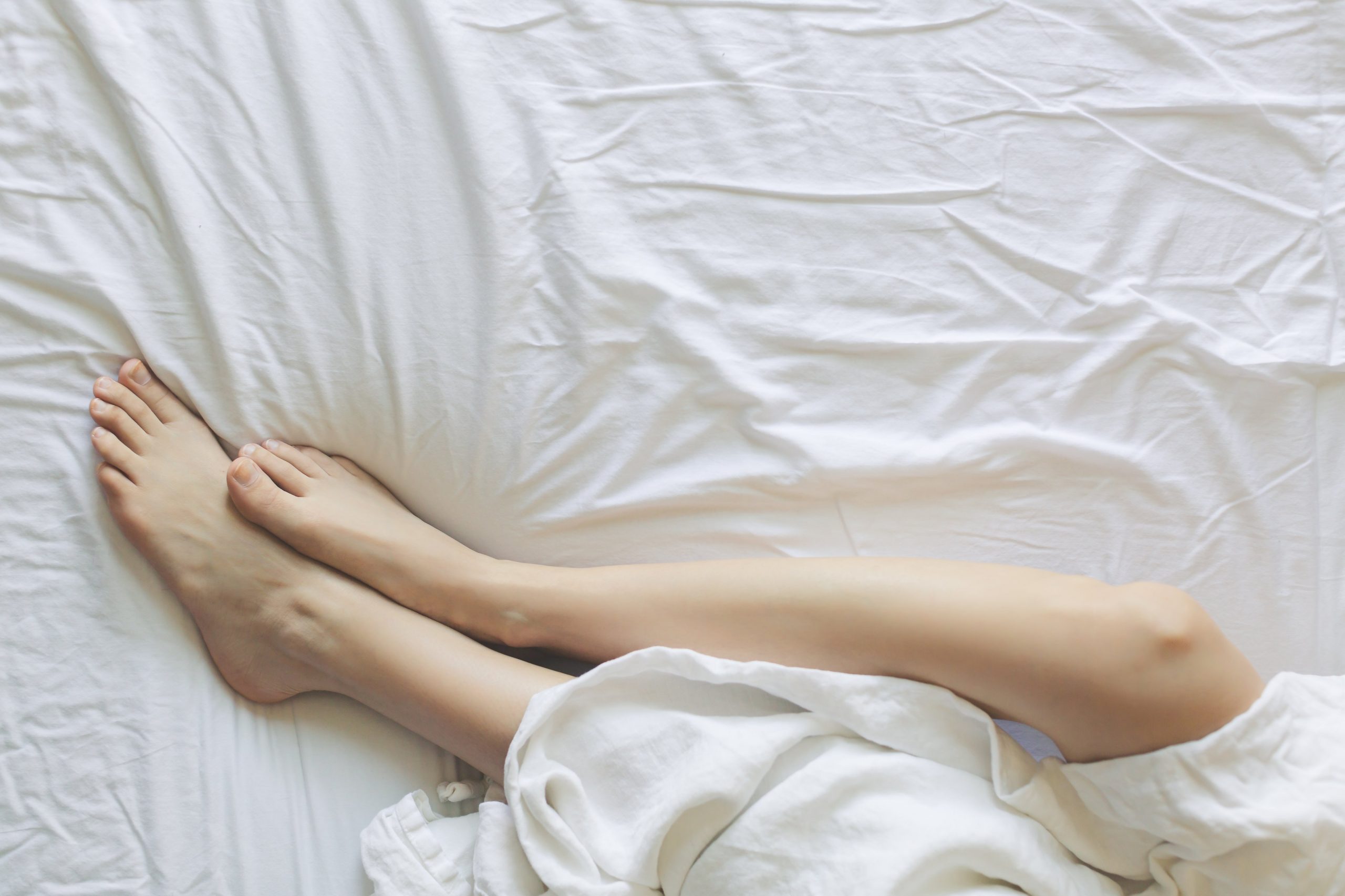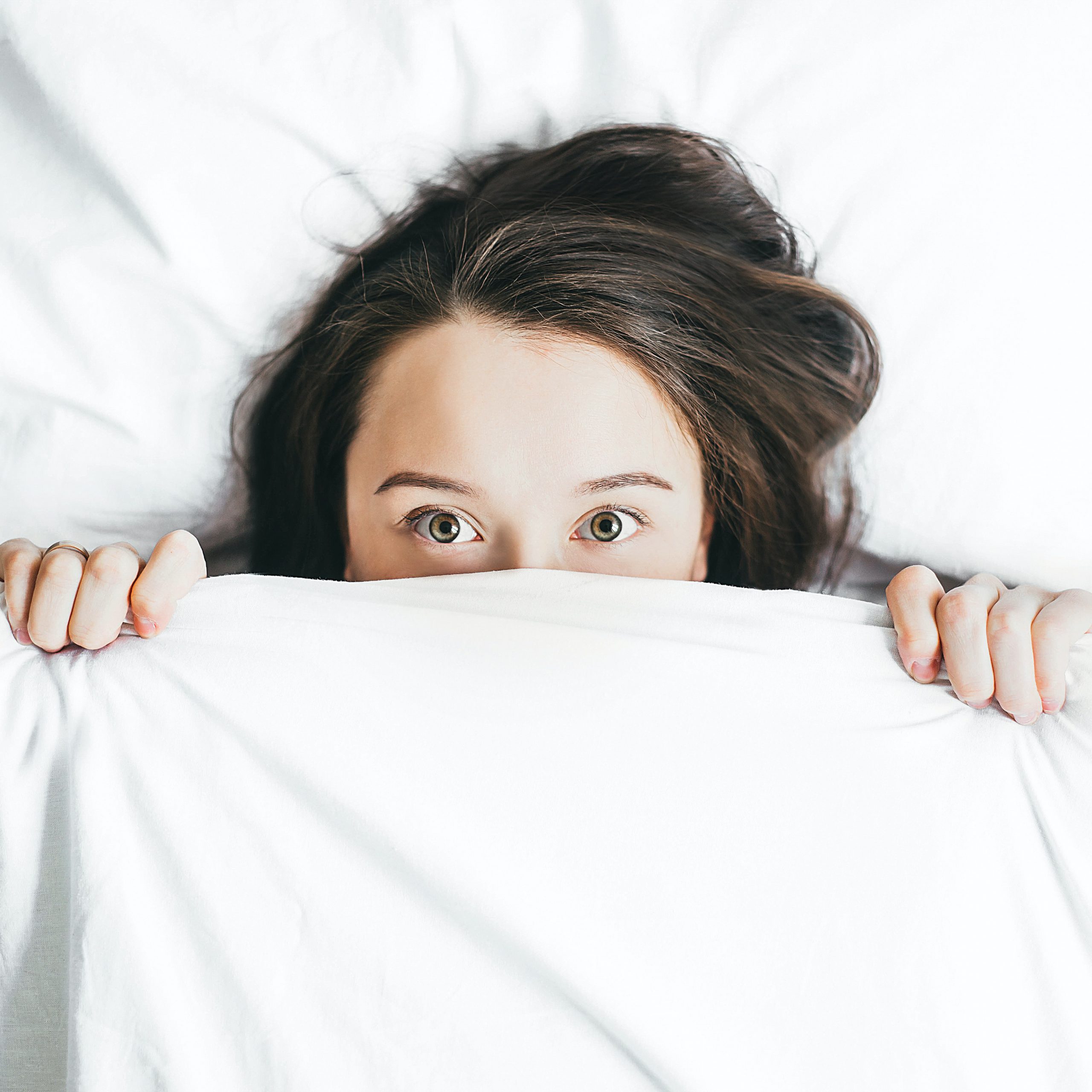Founded in 2020, the Sleep Institute at Reykjavík University is a research center focused on exploring sleep and circadian rhythms. The institute brings together experts from various fields, including engineering, psychology, sports science, and computer science, encouraging collaboration across disciplines. It also partners with professionals from the education and healthcare sectors to support innovative research. With accessible facilities, the Sleep Institute provides a valuable space for those working on sleep-related studies, fostering new discoveries in the science of sleep.

Restless leg syndrome
Restless legs syndrome is a neurological disorder that causes irritation in your legs, sometimes described as a burning or itching sensation, followed by an uncontrollable[…]

Narcolepsy
Narcolepsy is a neurological disorder resulting in excessive sleepiness and, in the worst cases, cataplexy. The symptoms differ between individuals but include sleep hallucinations, sleep[…]

Insomnia
Insomnia is the most common sleep disorder, defined as the inability to get enough sleep, even though the opportunity is there. The symptoms vary between[…]

Children and sleep apnea
Children’s sleep apnea can affect their health It is estimated that 1-5% of Icelandic children suffer from sleep apnea and even more from severe snoring[…]
